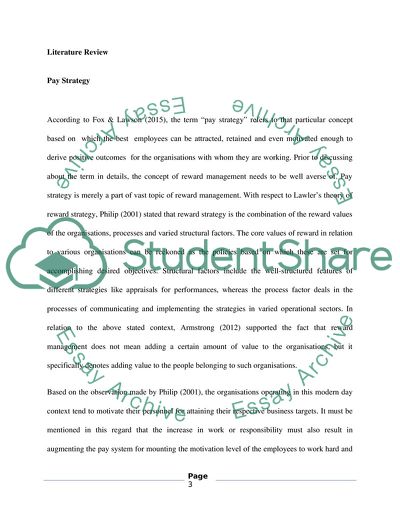Cite this document
(Literature review of pay strategy Example | Topics and Well Written Essays - 5000 words, n.d.)
Literature review of pay strategy Example | Topics and Well Written Essays - 5000 words. https://studentshare.org/finance-accounting/1881856-literature-review-of-pay-strategy
Literature review of pay strategy Example | Topics and Well Written Essays - 5000 words. https://studentshare.org/finance-accounting/1881856-literature-review-of-pay-strategy
(Literature Review of Pay Strategy Example | Topics and Well Written Essays - 5000 Words)
Literature Review of Pay Strategy Example | Topics and Well Written Essays - 5000 Words. https://studentshare.org/finance-accounting/1881856-literature-review-of-pay-strategy.
Literature Review of Pay Strategy Example | Topics and Well Written Essays - 5000 Words. https://studentshare.org/finance-accounting/1881856-literature-review-of-pay-strategy.
“Literature Review of Pay Strategy Example | Topics and Well Written Essays - 5000 Words”. https://studentshare.org/finance-accounting/1881856-literature-review-of-pay-strategy.


